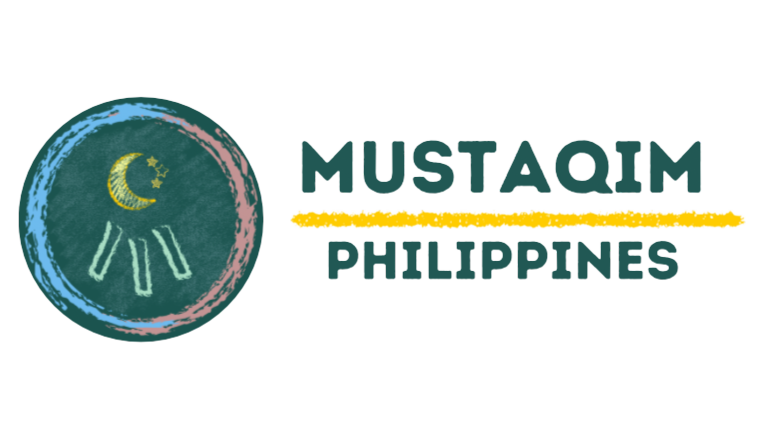The National Museum of the Philippines recently celebrated the 86th birth anniversary of National Artist for Visual Arts Abdulmari Asia Imao. Imao happens to be the first Mindanao National Artist. His works range in various forms from sculptures, paintings, photography, ceramics, film, and even research.
Imao is mostly known for his visual creations depicting recurring folk and organic motifs he has drawn from his Sulu heritage. Imao is a Tausug and spent most of his childhood in Sulu, exposed to wooden boat making and indigenous traditions of this coastal tribe. Such motifs could well be correlated with the vast cultural tradition of the Southeast Asian region which is heavy in ornate designs and mythical compositions. These thematic linkages set Imao apart from the other Filipino visual artists and he was even considered as the most “Asian” among Philippine National Artists.
From Sulu back in the 1950’s, Imao went to Manila to study art and earned his Fine Arts degree from the University of the Philippines. No less than fellow National Artists Guillermo Tolentino and Napoleon Abueva became his mentors back then. He took further studies in art at various institutions in the USA, which also paved the way to expand his art forms to sculpture and ceramics, and later on to photography and even cinema.
Imao is rather popularly known with his sarimanok series, composed of several paintings and sculptures. ThesarimanokisamythicalcreatureinMindanaoknowntobeamessengerofthe datus and a royal symbol. Imao’s sarimanok represents good fortune and prosperity.
Through his works the Maranao aesthetic was formally brought into the Manila art scene. Imao is a true representation of Islamic culture and design in the modern era. His unique depiction of the traditional okir (plant-based designs of the Moro and Lumad people) and naga (mythical sea serpent) has brought the epics and legends of his Sulu heritage to the rest of the country and the Filipino consciousness. Imao was declared as a National Artist for Visual Arts in 2006. He passed away at the age of 78 in December 2014 in his home in Marikina.
References:
National Museum Website Salcedo Auctions Website Galerie Joaquin Website UP Diliman Website
Article Photo from:
lifestyle.inquirer.net
